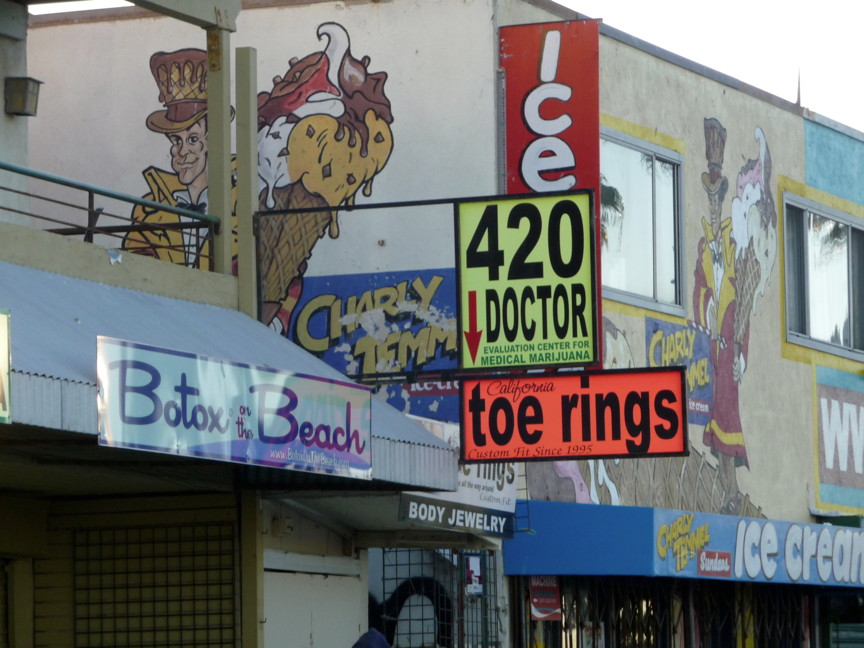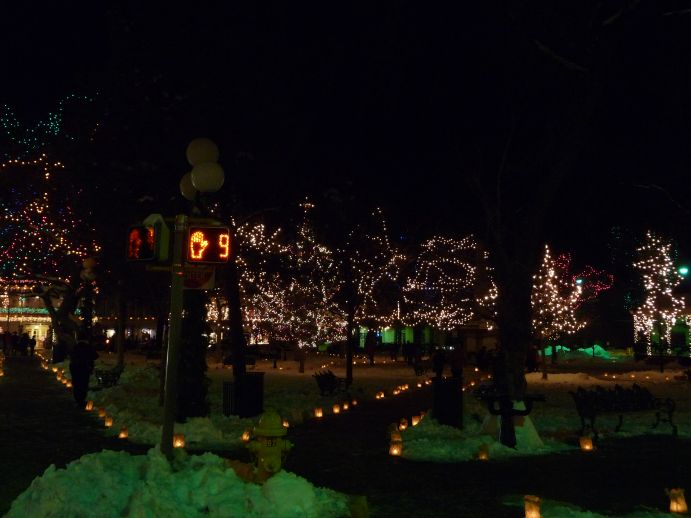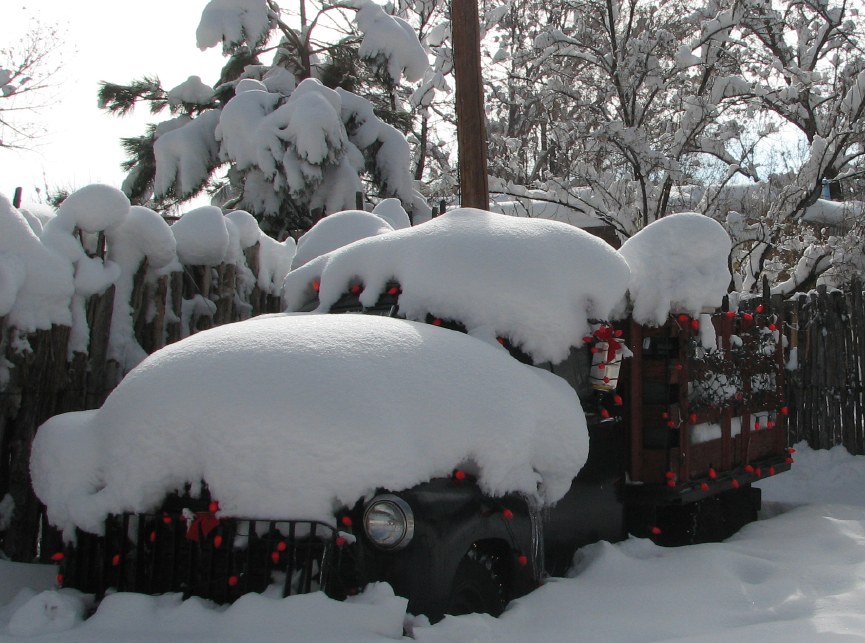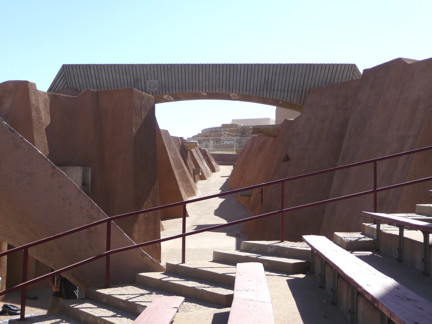At about 8:45 p.m. I looked at the thermometer I’d placed outside the window and saw that it was 12 degrees below zero. Such an extraordinary event shouldn’t go unexperienced so I put on my long johns and walked for a mile. I hadn’t worn them since the last time I went cross-country skiing at the old Johnson cabin 8,000 feet up in the Jemez mountains. That was with Nancy, the woman I was married to.
As I headed west on Camino San Acacio, each footstep squeaked against the snow, and I’d flare my nostrils feeling the sting from the ice crystals breaking away. I remembered a day like this in Minneapolis walking alone along the icy Mississippi, so cold and quiet it was like being on another planet.
Orion, my favorite constellation, loomed to the south over Reservoir Hill where Tom Ford soon will occupy his mansion. Who would have thought that someone could make infinite money from designing clothes? To his credit he had the architect site his new home, one of his homes, in a relatively unobtrusive way. It was dismaying when late last year a security fence with bright metal posts suddenly appeared, cutting diagonally across the piñon-covered hillside, a barrier against thieves and paparazzi. Mr. Ford’s builder, Doug McDowell, promises that the posts will be repainted to make the ugliness disappear. I’m sure that is his intention.
When I got to Camino Don Miguel, I followed it downhill toward Johnny’s Cash Store, the last of the old neighborhood groceries. It was almost 19 years ago, walking in the opposite direction, that I first saw San Acacio and knew I wanted to live there one day. Most of the Eastside is hunkered down at the level of the river, shady and protected. When you reach San Acacio the sun comes out and the sky cracks open. The colors explode.
As I entered the semi-secret passage to Martinez Lane, I felt as though I were walking in a remote village a century ago. I remembered those magical scenes in Red Sky at Morning and thought about how its author, Richard Bradford, lived just about a mile from me on Halona Street before he died not long ago. I probably could have met him if I tried.
My plan was to turn right at Acequia Madre and head toward home, but I didn’t feel like going back yet. I took a left instead. Acequia Madre (this is a note for my foreign readers) means “mother ditch,” the main irrigation canal for what once was farmland, and the small lots along its bank have become the most valuable real estate in town.
Acequia Madre to Camino del Monte Sol to Canyon Road . . . then past El Farol where mambo music vibrated through the door. I peeked in at the dancers and thought for a moment that it would be nice to be the kind of person who casually walks into a bar, buys a drink, meets new people. It is probably too late to change.
Rising almost vertically from Canyon Road, Camino Cerrito leads back uphill to San Acacio passing by the old playground for Cristo Rey Catholic School. It is closed now, the children gone, a consequence of gentrification. Gentrify. What a funny word: “to renovate and improve.” From the Old French genterise, “of gentle birth.” They swoop in gently from afar, gut old middle-class houses, turn neighborhood groceries into art galleries. Palace Grocery on East Alameda is for sale.
But I quickly forgot all that. These old streets bring back good memories. On “Keep Santa Fe Beautiful Day” we would walk along here picking up the beer cans and other trash that had accumulated during the year. Me, Nancy, Tom Turney (he was still the State Engineer), and Willard Lewis (world class raconteur, Republican, and zinfandel connoisseur). Once we delivered 250 pounds to the dump. It’s called a transfer station now.
Back home I opened up the casita and turned on a tap so it dripped very slowly. In parts of the universe like this where there is friction, even the tiniest motion produces heat, enough I hope to keep the pipes from freezing. It is midnight now and 14 below. At absolute zero all motion stops. But there is still 446 degrees to go.
George Johnson
The Santa Fe Review






